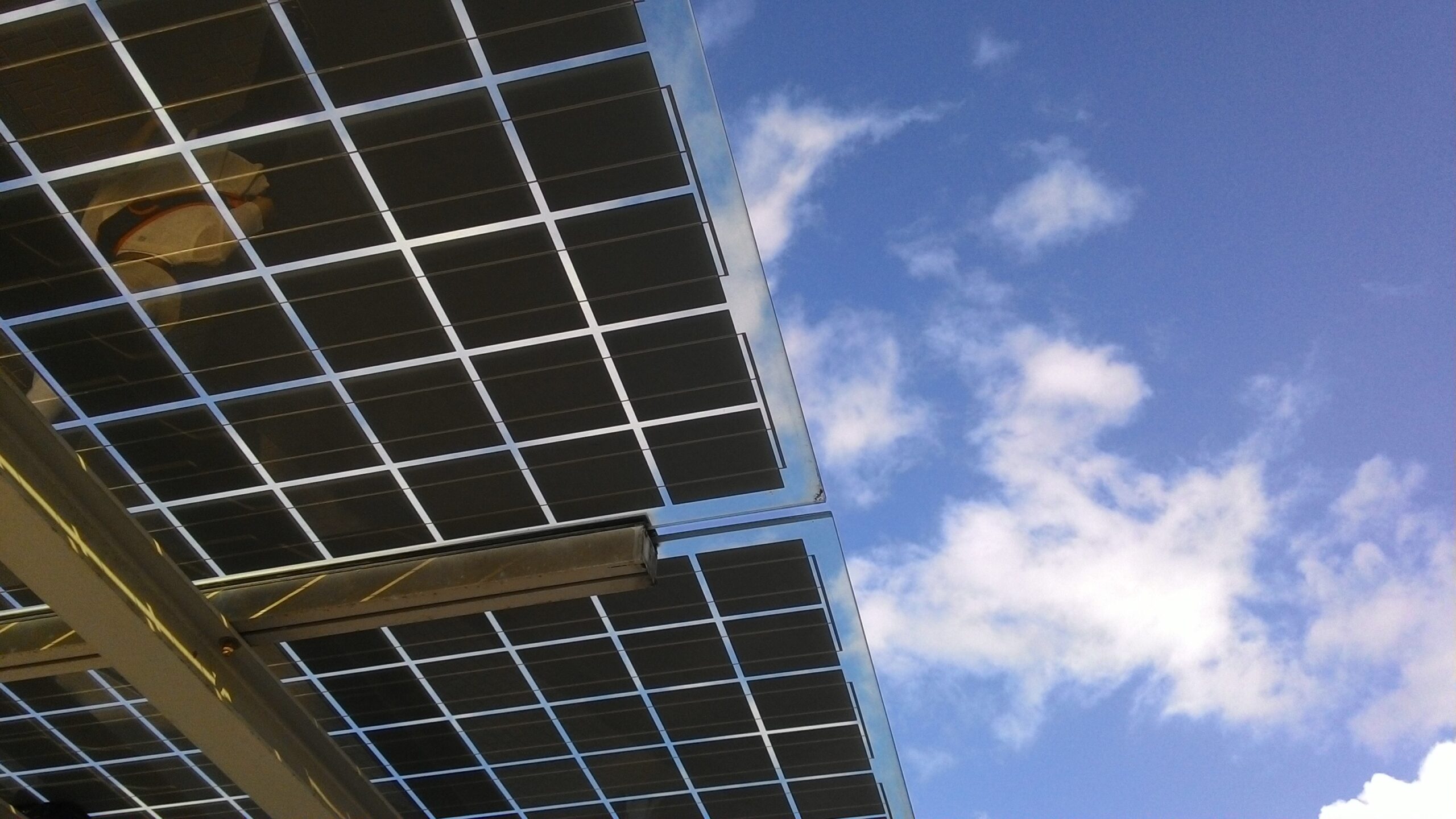Shingle Roofing and Energy Efficiency
When it comes to creating an energy-efficient home, many homeowners focus on insulation, efficient appliances, and renewable energy sources. However, the role of the roof in energy efficiency is often overlooked. Shingle roofing, with its versatile design and advanced materials, can significantly contribute to energy efficiency and insulation in a home. In this guide, we will explore how shingle roofing and energy efficiency go hand in hand, providing you with a comfortable and sustainable living environment.
Shingle roofing is an excellent choice for homeowners looking to maximize energy efficiency. Its reflective properties, insulation value, ventilation features, and availability of sustainable options make it a valuable investment. Let’s delve deeper into each aspect and understand how shingle roofing contributes to energy efficiency.
1. Reflective Properties: Enhancing Energy Efficiency
One of the key ways shingle roofing can enhance energy efficiency is through its reflective properties. Shingles that are designed with reflective materials or have light-colored pigments can effectively reflect sunlight and reduce heat absorption. This helps to keep the roof and the entire home cooler, particularly in hot climates. By minimizing heat transfer into the home, less energy is required for cooling, resulting in lower energy consumption and reduced utility bills.
Reflective shingles reduce urban heat island effect by reflecting sunlight, creating a cooler environment.
2. Insulation Value: Keeping the Elements at Bay
Shingles also contribute to insulation by providing an additional layer of protection against temperature fluctuations. High-quality shingles with adequate insulation properties help to keep the interior of the home comfortable by reducing heat loss in winter and heat gain in summer. The insulation value of shingles helps to maintain a more consistent indoor temperature, reducing the workload on heating and cooling systems and further improving energy efficiency.
Furthermore, shingles can also act as a barrier against outside noise, creating a quieter and more peaceful living environment. This additional insulation benefit enhances the overall comfort of the home and reduces the need for excessive energy consumption to maintain a pleasant indoor environment.
3. Ventilation and Air Circulation: Promoting Efficiency
Proper ventilation and air circulation are crucial for maintaining an energy-efficient home. Shingle roofing systems are designed to work in conjunction with proper ventilation systems, allowing for the exchange of air and preventing the buildup of excess heat and moisture in the attic space. Adequate ventilation helps to regulate temperature, prevent condensation, and prolong the lifespan of the roof. By promoting better airflow, shingle roofs contribute to improved energy efficiency and a healthier indoor environment.
Effective roof ventilation can also help reduce the strain on cooling systems during the summer months. By allowing hot air to escape and drawing in fresh air, shingle roofing plays a vital role in maintaining optimal indoor temperature and reducing the reliance on mechanical cooling methods. This not only saves energy but also extends the lifespan of cooling systems and reduces maintenance costs.
4. Shingle Roofing and Energy Efficiency: Embracing Sustainable Choices
Sustainable shingle options reduce environmental impact and align with energy-efficient practices. They have advanced insulation properties and meet industry standards for energy efficiency. Choose them for maximum energy savings.
By selecting sustainable shingle materials, you not only contribute to a greener future but also enjoy the benefits of improved energy efficiency and insulation. These eco-friendly options are designed to meet the demands of modern homeowners who prioritize sustainable living without compromising on comfort and performance.
In conclusion
shingle roofing can play a significant role in enhancing energy efficiency and insulation in a home. The reflective properties, insulation value, ventilation features, and availability of sustainable options make shingles a valuable choice for homeowners seeking to reduce energy consumption and create a more comfortable living environment.
For optimal energy efficiency with shingle roofing, consult a professional contractor to assess your needs and recommend suitable materials and techniques.
Additionally, regular maintenance and inspection of your shingle roof are crucial to ensure its long-term energy efficiency. Keep an eye out for any signs of damage, such as cracked or missing shingles, and address them promptly to prevent energy loss and further deterioration. Regular cleaning of debris and ensuring proper attic insulation and ventilation will also contribute to the overall energy efficiency of your shingle roof.
It’s worth noting that energy efficiency is not limited to the shingle roofing material alone. Other factors, such as the overall design of your home, the quality of windows and doors, and the efficiency of your HVAC system, also play significant roles. Therefore, it’s beneficial to take a holistic approach to improve energy efficiency by considering all aspects of your home’s envelope.
By maximizing the energy efficiency of your shingle roof, you can enjoy several benefits. Firstly, you’ll experience reduced energy consumption, leading to lower utility bills and long-term cost savings. Secondly, a well-insulated and properly ventilated home ensures consistent indoor temperature and enhanced comfort throughout the year. Lastly, by adopting sustainable and eco-friendly shingle options, you contribute to a greener environment and reduce your carbon footprint.
In summary: shingle roofing and energy efficiency
shingle roofing and energy efficiency go hand in hand.Shingles offer energy savings and sustainability with reflectivity, insulation, ventilation, and eco-friendly options. Create a comfortable, cost-effective home through proper installation and maintenance.





No comment yet, add your voice below!